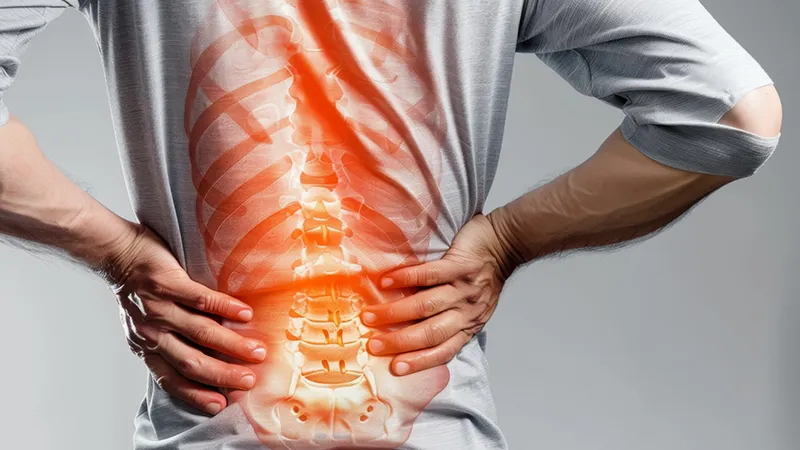
A herniated disc is a problem that can occur in any part of our spine where the cartilage tissue, which acts as a cushion between the vertebrae, becomes damaged. Over time, this cartilage tissue can wear out and tear, causing the inner materials to leak into the spinal canal. This condition is called a herniated disc. Doctors typically describe herniated discs in four stages: bulging, protrusion, extrusion, and sequestration. Bulging is the initial stage, while sequestration, commonly known as a "ruptured disc," is the most advanced stage. Lower back pain, pain radiating to the legs, and sciatica are common symptoms of a herniated disc.
Although a herniated disc can be very painful initially, with the treatments we offer at Bakırköy Primer Physiotherapy Center, you can recover within a few weeks. Even a ruptured disc (sequestered disc) can be treated without surgery if the right treatment is applied. In our clinic, we treat herniated discs with targeted interventions and exercise therapy. You can contact us 24/7 for consultation. Even if your doctor has recommended surgery, you can get detailed information about non-surgical herniated disc treatment by being examined by our professional physiotherapists.
Our spine consists of 24 vertebrae, and between each pair of vertebrae is a cartilage tissue that acts as a shock absorber, prevents the bones from touching each other, and serves as a cushion. This cartilage tissue is made up of two parts: the outer layer of the cartilage (annulus fibrosus) and the central part of the cartilage, which absorbs shocks (nucleus pulposus). The outer layer of the cartilage between our vertebrae is made up of tightly interwoven cross-linked collagen fibers. Thus, it holds the center in place against shocks and impacts, preventing herniation.
However, if the cartilage calcifies over time or is subjected to prolonged impact, the outer layer can crack and tear. If pressure and compression on this outer layer continue for a long time, the nucleus of the cartilage can leak out. This is called a herniated disc. If the herniated disc grows over time, it can press on the spinal canal or directly on the nerve root, causing pain that radiates to the hip, behind the knee, calf, and even the heel. These symptoms can also occur due to inflammation without direct pressure on the nerve root.
At Bakırköy Primer Physiotherapy Center, herniated disc treatment is performed with targeted interventions and exercise therapy. You can consult our professional physiotherapists for detailed information about non-surgical herniated disc treatment and get examined.